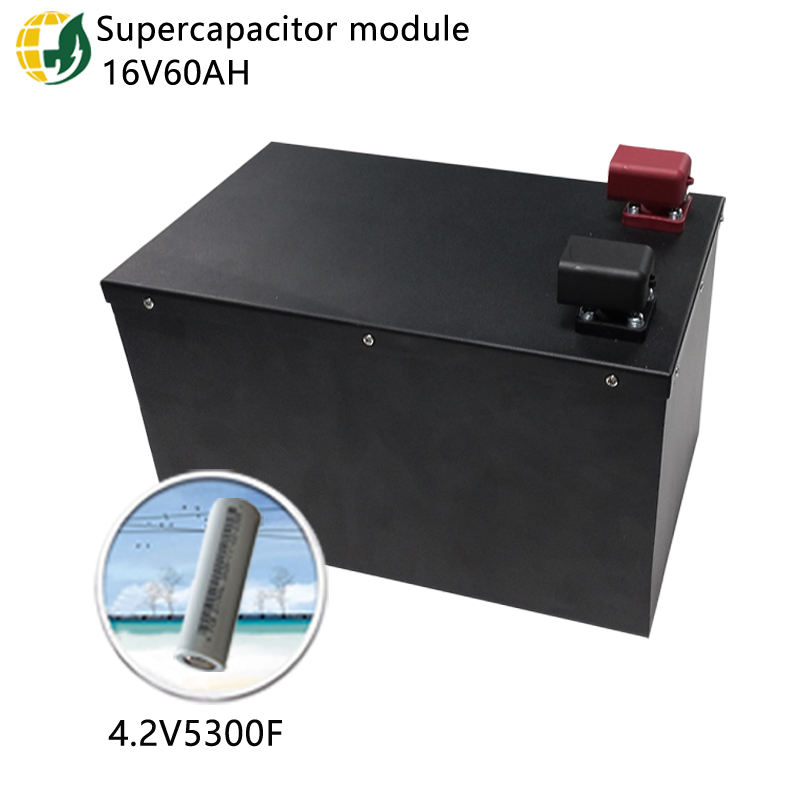Consulting phone:
135-3037-2041
(Mr.Wang)
What is the difference between fast and slow charging circuits in lithium-ion batteries?
The speed of electric vehicle charging is closely related to the power of the charger, battery charging characteristics, and temperature. At the current level of battery technology, even fast charging takes 30 minutes to reach 80% of the battery capacity. After exceeding 80%, to protect battery safety, the charging current must be reduced, and the time to charge to 100% will be longer. In addition, when the temperature is low in winter, the battery requires a smaller charging current and a longer charging time.
We have learned that a car can have two charging interfaces because there are two charging modes: constant voltage and constant current. Generally, constant current and then constant voltage are used to improve charging efficiency. The reason why fast charging is fast is due to differences in charging voltage and current. The higher the current, the faster the charging. When it is about to be fully charged, switch to constant voltage, which can prevent overcharging of the battery and also achieve the purpose of protecting the battery.
The charging current and power of slow charging are relatively small, which is good for battery life, and the charging cost is low during low peak electricity consumption. Fast charging will use a larger current and power, which will have a significant impact on the battery pack and also have an impact on its lifespan. Fast charging also requires supporting equipment, such as converting AC and DC power, which increases the cost.
Fast and slow charging of electric vehicles: What should be noted for winter maintenance of electric vehicles?
At present, most vehicles use lithium-ion batteries. At lower temperatures, the performance of lithium-ion batteries will decrease to varying degrees, manifested by a decrease in charging and discharging currents, as well as a decrease in battery capacity. In high cold conditions, there may even be situations where the battery cannot be charged. Driving in winter will use warm air, which increases the vehicle's power consumption and also reduces the vehicle's driving range.
When using electric vehicles in winter, it is normal for the charging time to increase and the driving range to decrease. In use, charging should be carried out immediately after the vehicle has stopped, and utilizing the remaining battery temperature can make charging faster; When planning travel, it is important to fully consider the decrease in winter vehicle mileage.
The speed of electric vehicle charging is closely related to the power of the charger, battery charging characteristics, and temperature. At the current level of battery technology, even fast charging takes 30 minutes to reach 80% of the battery capacity. After exceeding 80%, to protect battery safety, the charging current must be reduced, and the time to charge to 100% will be longer. In addition, when the temperature is low in winter, the battery requires a smaller charging current and a longer charging time.